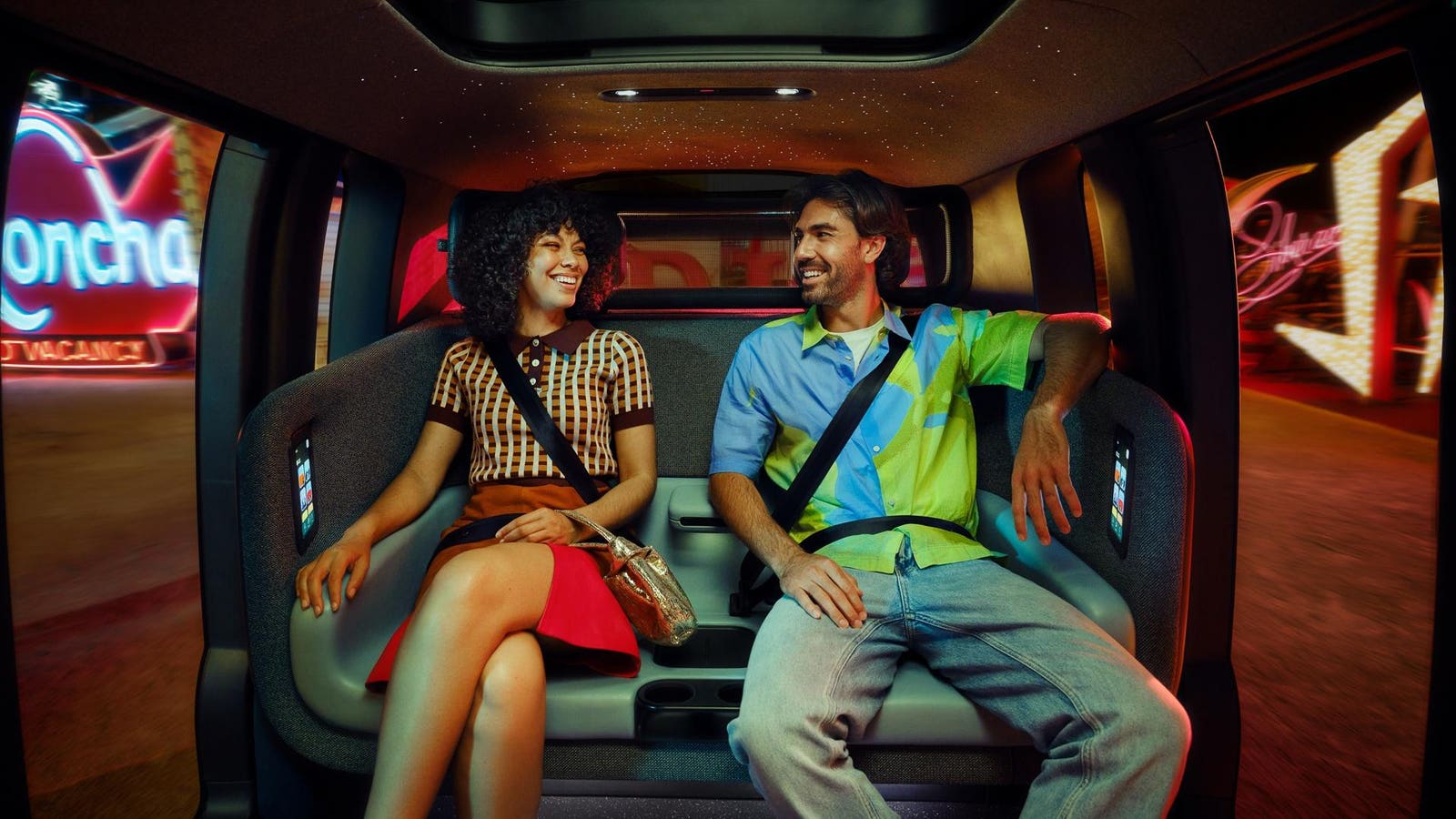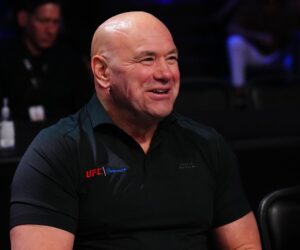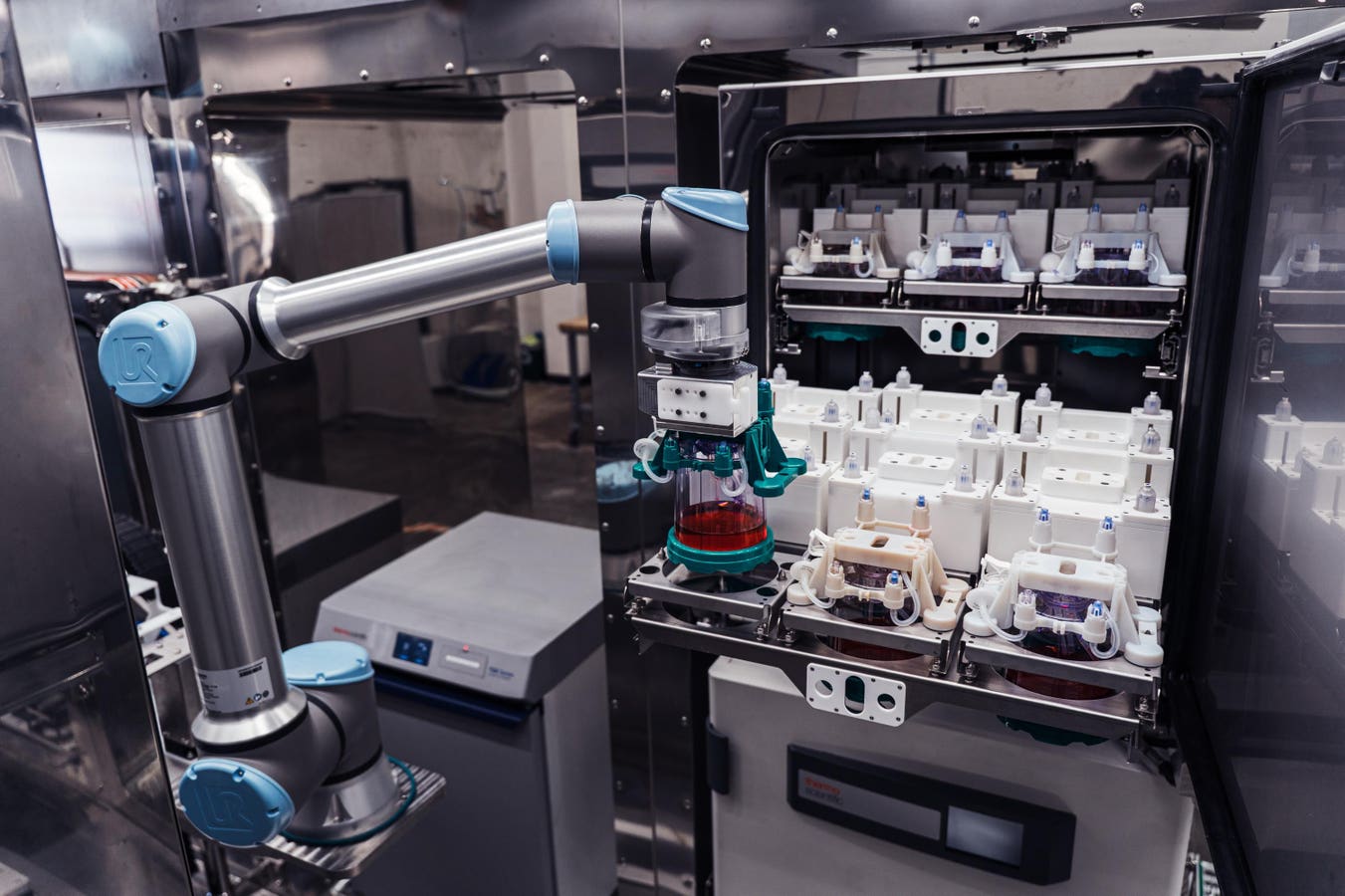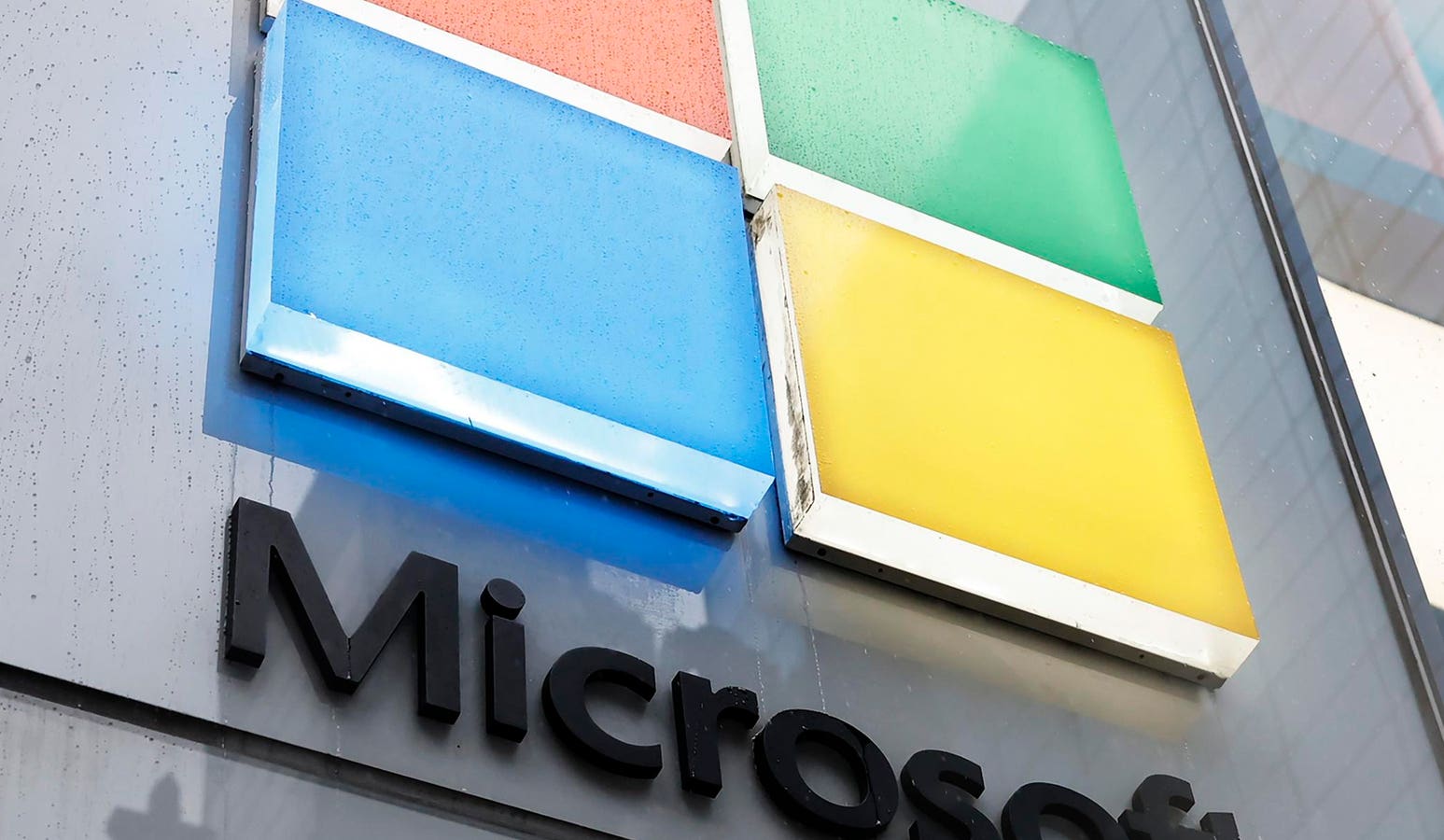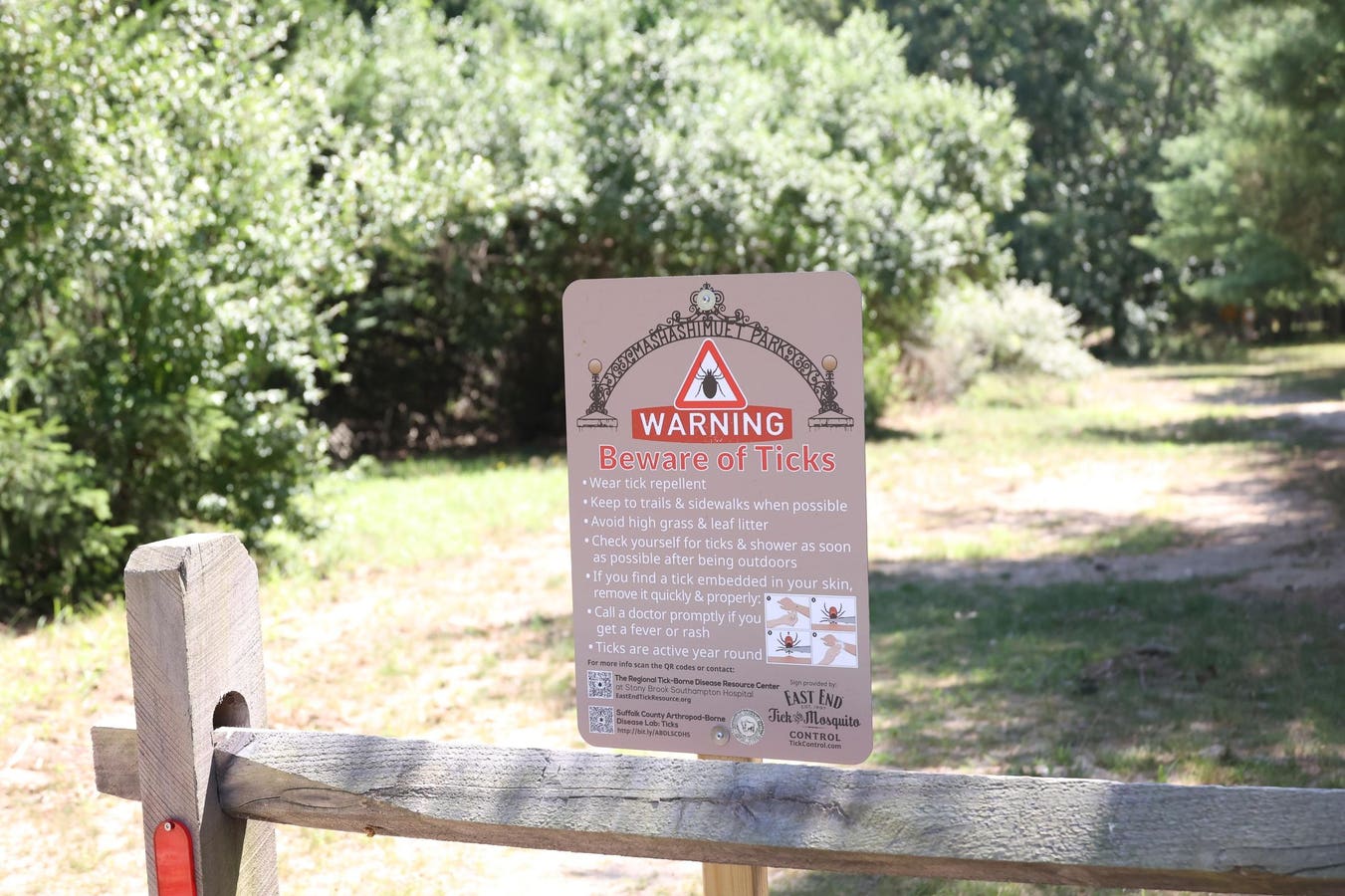Riders look impossibly happy in their Zoox
Zoox
Zoox, a unit of Amazon.com, has opened its robotaxi operations to the public in Las Vegas. This is significant because Zoox is the most unusual of the robotaxi designs, and because it is a harbinger of there being three robotaxi services in the USA, in addition to Waymo and limited service from May Mobility. On the negative, the initial service is extremely limited with just 5 stops along the Las Vegas Strip, making it more akin to the fixed route, limited-stop shuttle services found in a variety of deployments around the world. Zoox says it plans to quickly increase the number of stops, and to expand by the end of the year to San Francisco, with a total of 50 vehicles in the two cities, with more cities to come. Zoox had previously predicted it would operate in Las Vegas in 2025.
Zoox began as a startup, dedicated to the idea of building vehicle designed from the ground-up to be a robotaxi, as I have often called it, “the thing that comes after the car.” That’s the eventual goal of almost all self-driving teams, but most decide to focus on the driving first, and worry about a custom vehicle later, while Zoox decided to do both from the start. Zoox’s design is symmetrical, so that vehicles have no official front or back, and they can drive in both directions. Passengers sit face-to-face in a more social setting. Zoox vehicles also have an impressive sensor array (including thermal cameras particularly good at seeing people and animals) and four-wheel steering, giving them special dexterity.
Five Stop Service
Zoox app shows the limited destinations in the launch
Zoox
A 5-stop service is much more limited than a robotaxi service. 5 stops means only 20 possible trips, and probably fewer distinct routes since those routes will have large sections in common. It’s a great deal easier to test and certify a vehicle for that than one which can go on all roads in the service area, anywhere to anywhere, particularly with stops picked by the rider. In the previous months, Zoox has been offering demo rides which do a loop from a special pick-up area at Resorts World, a task of even lower complexity. (Both, however, are much more difficult than offering rides with a human in the vehicle, as is done by Tesla, Beep, Motional and May in some areas, and several other services around the world.) For now, Zoox does not meet the tests I laid out earlier for a true robotaxi service, but their promises for later in the year might.
Even with just 5 stops (and frankly, other than the Area 51 art display and Resorts World itself, 3 not particularly interesting stops) the rides will no doubt be very popular, too popular for just a few cars to handle the demand, particularly when the price is free. (The cost is free due to regulatory issues which will presumbably change soon.) It will be interesting to see how long wait times or waitlists are.
Las Vegas attractions have special dedicated areas for ride-hail and taxi pick-up/drop-off. This greatly simplifies the PuDo problem as well, though these areas often have very congested traffic. That’s a shame because one of the biggest virtues of Zoox’s symmetrical 4-wheel-steering design is superior ability to do general PuDo. Zoox vehicles can pull in one direction and leave by “reversing,” and they can also get into small spaces more easily. Zoox will be able to show off none of that.
We will see how people react to riding backwards. There’s a proportion of people who hate doing that, even get sick. However, it should be very rare for one of them to be forced to take the backwards seat, it would require 3 people in the car at the same time who all can’t handle going backwards, which is very unlikely. The benefits of a social ride, especially for families, outweigh that, at least in the view of Zoox (and other companies like Cruise who did similar designs.)
Nevada Licence
Zoox, featuring Nevada autonomous vehicle plate, drives LV Strip, somehow surrounded by Zoox ads.
Zoox
Clearly seen on the Zoox vehicles is a Nevada autonomous vehicle licence. In 2011, Nevada passed the first law in the world regulating (and thus permitting) self-driving cars. I participated in the drafting of those laws on Google’s side. The pitch to Nevada was that by being forward looking, they could attract the car of the future to their state. The first deployments ended up in Arizona (with no laws) and California (which passed similar laws after Nevada) but the bet has now paid off. With its tourism industry, Las Vegas is already a taxi/ride-hail heavy city, particualrly for the west coast, so the growth of Zoox will be interesting to see.
In spite of the gentle start, it will be interesting to see the progress of Zoox. Starting a robotaxi service is not for the feint of heart or small of wallet. That’s why we see some of the world’s largest tech companies like Alphabet/Waymo, Amazon/Zoox and Baidu/Apollo taking leading roles, with aspirations from Tesla. The smaller companies like May, Pony, WeRide and Tensor may play, but only after joining forces with big money as Zoox did. Hyundai/Motional, Benteler/Beep and Intel/Mobileye come with traditional automotive industry backing and have different prospects. Time to belt up.

